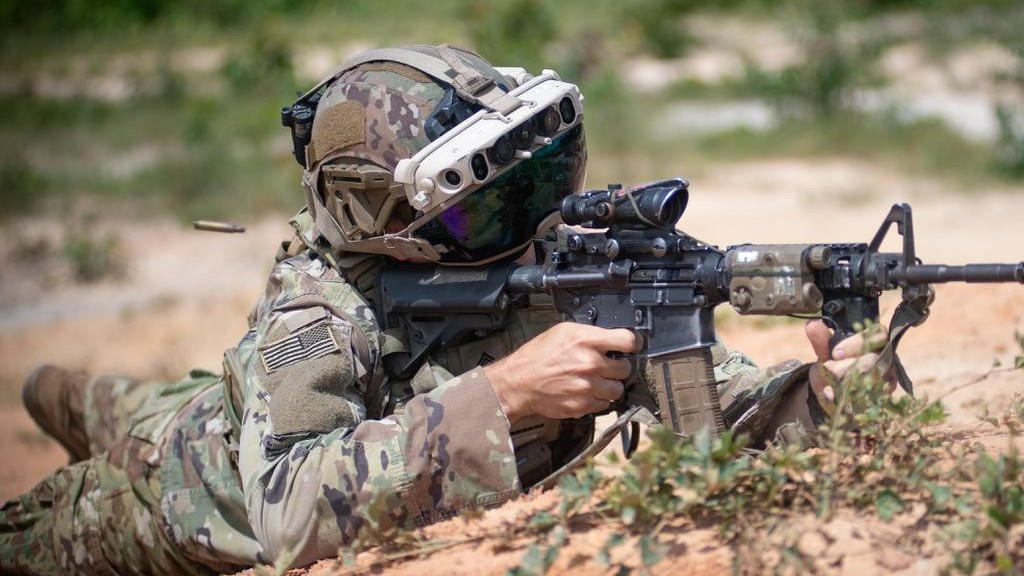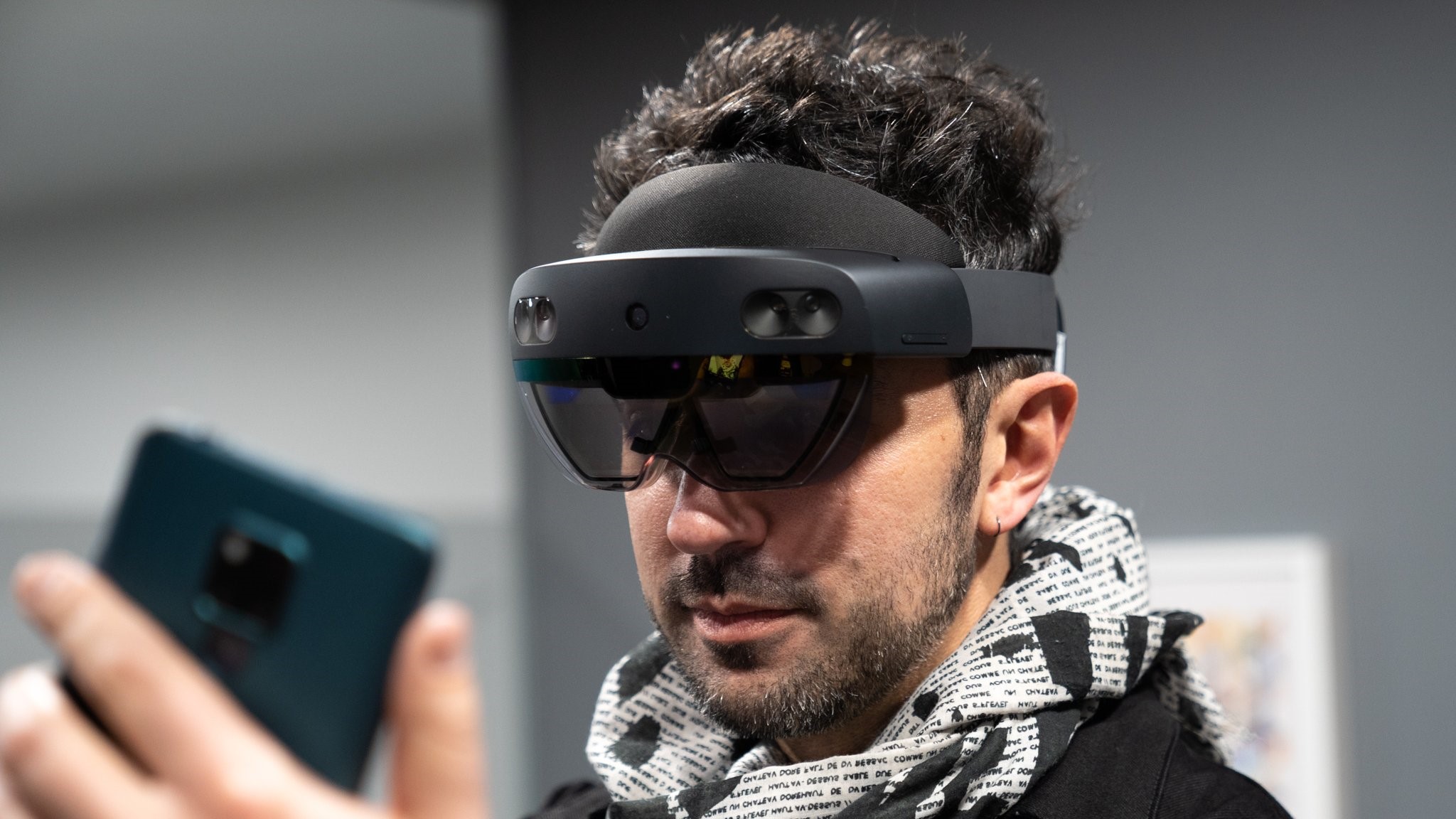Microsoft's militarized HoloLens to enter next wave of testing to see if it still sickens soldiers
Microsoft will ship 20 IVAS prototypes to the U.S. Army for testing next month.

What you need to know
- Microsoft will deliver a new version of its militarized HoloLens headset to the U.S. Army before the end of July.
- The refreshed Integrated Visual Augmentation System, or IVAS, will be "slimmer, lighter and more balanced," according to Microsoft.
- Previous versions of IVAS made soldiers feel sick, caused eye strain and headaches, and were considered bulky.
Microsoft's Integrated Visual Augmentation System (IVAS) is about to enter another round of testing with the U.S. Army. Version 1.2 of the militarized HoloLens headset will be "slimmer, lighter and more balanced," according to Microsoft. The company spoke with Engadget about the upcoming field tests and the Army spoke with Bloomberg about the headset.
IVAS has been in the works for years. The aim of the headset is to provide information to soldiers in real-time when in the field.

- The future of HoloLens is unclear
- More on the HoloLens 3 's--t show'
- $22 billion HoloLens deal in trouble
Earlier this year, it was shared that IVAS version 1.2 was 2.85 lbs, which is much lighter than the 3.4 lbs its predecessor weighed. The latest version of the device also has its computer on the back of the headset to improve balance.
20 IVAS prototypes will be delivered to the Army before the end of this month and testing in August. The viability of the device will be tested in several ways, including on if it makes soldiers ill, if it's comfortable, and if it works reliably.
The previous version of IVAS ran into several issues, including causing nausea, eye strain, and key features failing. The headset also emitted a glow from its display that could be used to locate a soldier at night.
The outcome of these tests could sway the fate of HoloLens dramatically. The deal could be worth up to $21.9 billion, but one has to wonder how long the military would accept unsatisfactory field tests.
It's important to note that many innovations that make their way into the field go through iterative improvements and several tests. The question with HoloLens is if the U.S. military views the project as a worthy investment that will bear fruit.
Get the Windows Central Newsletter
All the latest news, reviews, and guides for Windows and Xbox diehards.
If testing goes well, the Army could purchase up to 121,000 IVAS units. Following earlier tests, the U.S. Congress chose to give Microsoft $40 million to fix the headset rather than make any further orders. That has resulted in the upcoming tests.

Sean Endicott is a tech journalist at Windows Central, specializing in Windows, Microsoft software, AI, and PCs. He's covered major launches, from Windows 10 and 11 to the rise of AI tools like ChatGPT. Sean's journey began with the Lumia 740, leading to strong ties with app developers. Outside writing, he coaches American football, utilizing Microsoft services to manage his team. He studied broadcast journalism at Nottingham Trent University and is active on X @SeanEndicott_ and Threads @sean_endicott_.
-
Iamdumbguy There's nothing more the military loves--maybe even more than killing 15-year old male Muslims--than spending ludicrous amounts of money on boondoggle tech. HoloLens must be absolute garbage if even the Army is going to stop throwing money at it. So funny to see all this VR nonsense land with a thud. The only thing its good for is gaming, but you can't sell hundreds of headsets at a time to an executive for that purpose.Reply
